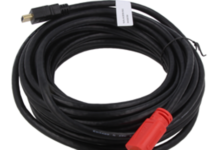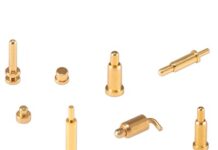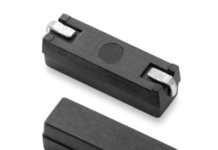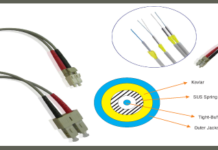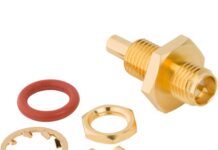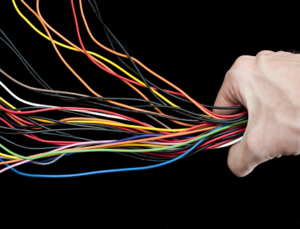
The breadth of electrical wire and cable types on the market today is so broad, it’s hard to know which cable type may be best for your business. The type of wire or cable you’ll need to invest in depends on your industry. There may be some cable types you’ll use every day, and others you’ll never need to use.
It’s crucial to understand that wires and cables aren’t the same thing. A wire comprises a single electrical conductor, while a cable consists of a bundle of wires within a single sheathing. Both wires and cables carry electrical current.
In this article, we’ll outline some common types of electrical cable and describe their industrial uses.
Communications Cables
Communications cables and wires transmit signals. Three common communication cable types include coaxial cables, twisted pair cables, and fibre optic cables. Within these three categories are multiple specific cable types.
Coaxial cables, for example, include:
- Heliax cables
- Leaky coaxial or radiating cables
- RG-6 coaxial cables
- Triaxial or Triax cables
- Twinax or twin-axial cables
- Semi-rigid coaxial cables
- Rigid line coaxial cables
RG-6 coaxial cables are the most common cable type used for signal transmission. You’ll find coaxial cables in both residential and commercial applications. These versatile cables comprise a solid copper wire, plastic insulation, an aluminium foil covering, and a braided shield. You’ll need to use Rg-6 cables if your business works with cable TV, satellite TV, or radio signal transmissions. you can create mechanisms and assemblies using these cables. These mechanisms can be laid out on the ground or underwater, facilitating various applications in different environments.
Paired Cables
If you work with direct currents (DC) or low-frequency alternating currents (AC), you’ll need paired cables. These cables comprise two insulated conductors within an insulation sheath.
Paired cables allow for balanced signal transmission, resulting in lower crosstalk.
Multicore cables
Multicore cables comprise multiple conductors, each with an insulating sheath; all rolled into a single jacketed cable. Multicore cables, also known as multiconductor cables, help businesses avoid messy connections. When multiple multicore cables are being used in a room, a cable label system can further help to avoid mess and improve safety.
You should invest in multicore cables if your business involves:
- Transmitting audio signals to an audio mixer
- Sending camera signals to a camera control unit, such as in TV studios
- Sending video and audio signals in a gaming console
- Sending video and audio signals using a single camera cable
- Networking
Overhead power lines
Overhead power lines are a type of electrical cable suspended from electrical towers. Heavy-duty cables sourced from cable assembly manufacturers, Electronic Terminations (or similar companies) can transmit power over a long distance. The conductors within overhead power lines are typically bare and made from aluminium.
If you work with overhead power lines, you’ll need one of the following cable types:
- All Aluminium Conductors, or AACs
- All Aluminium Alloy Conductors, or AAACs
- Aluminium Conductor Steel-Reinforced, or ACSR, cables
- Aluminium Conductor Aluminium-Alloy Reinforced (ACAR)
Conclusion
There are an enormous variety of electrical cable and wire types on the market, all of which are used for different industrial applications. Communications cables (such as RG-6 cables), for example, are used in radio and TV signal transmission, while All Aluminium Conductor (AAC) cables are used for overhead power lines.
By understanding the different kinds of electrical cables and what they’re used for, you’ll know what’s best for your business.



